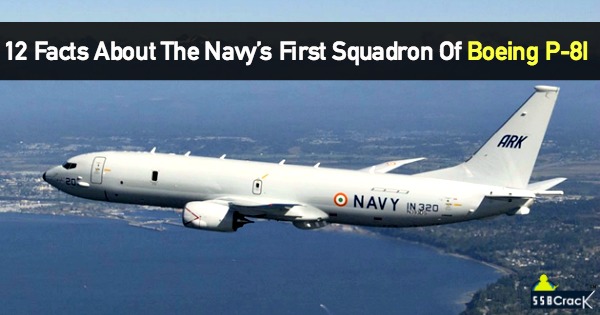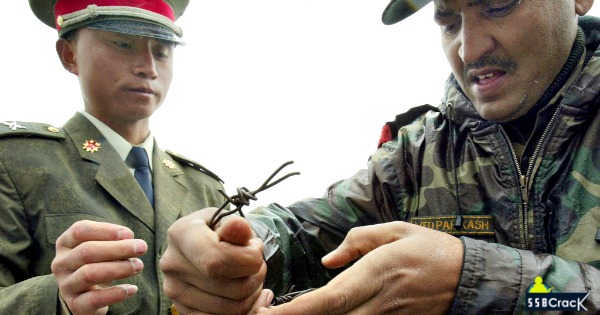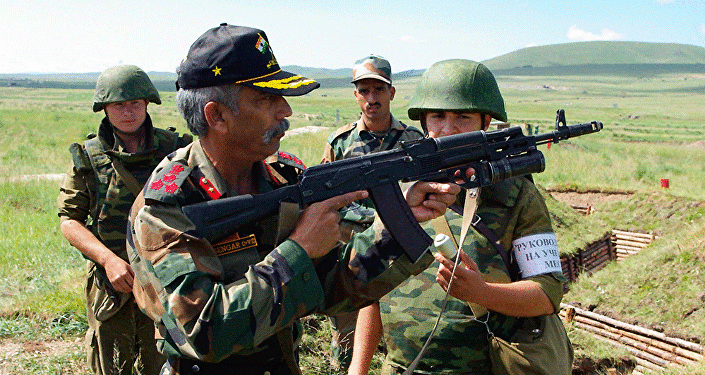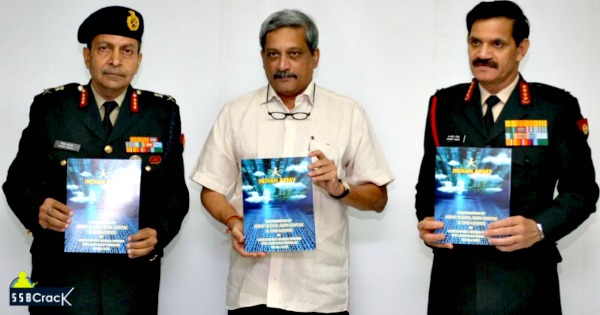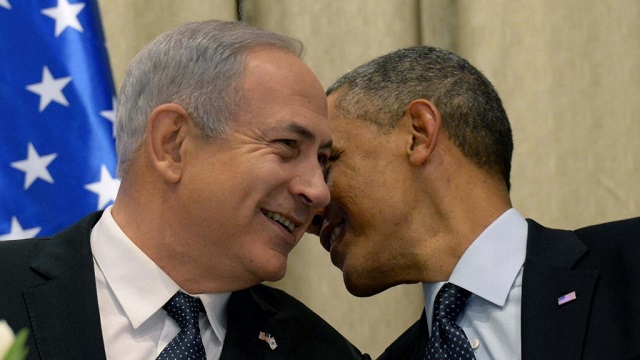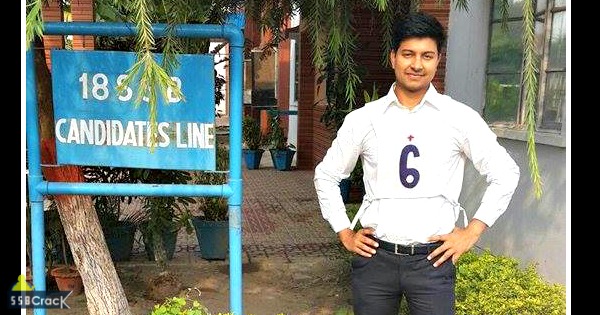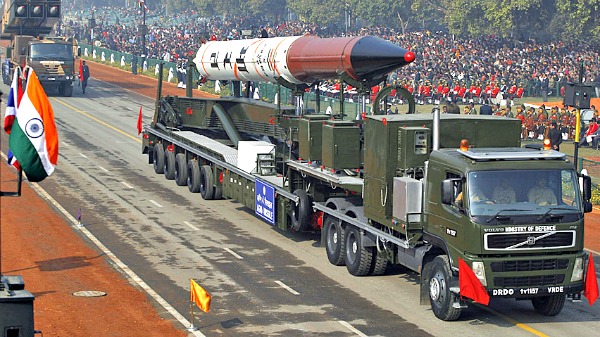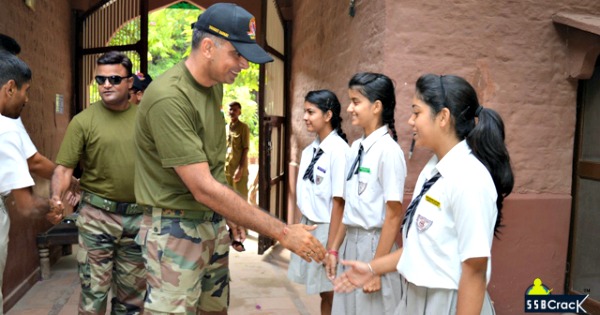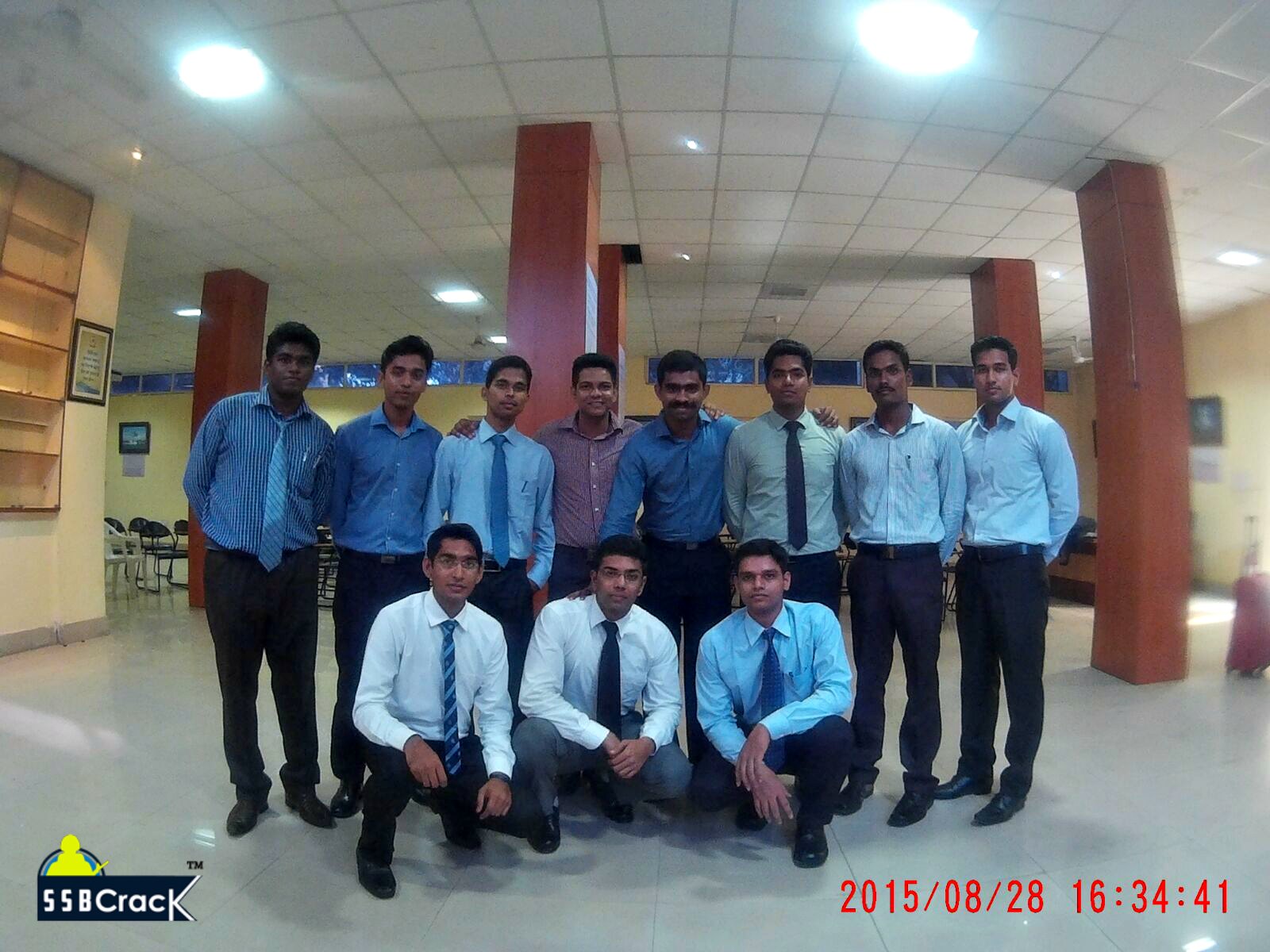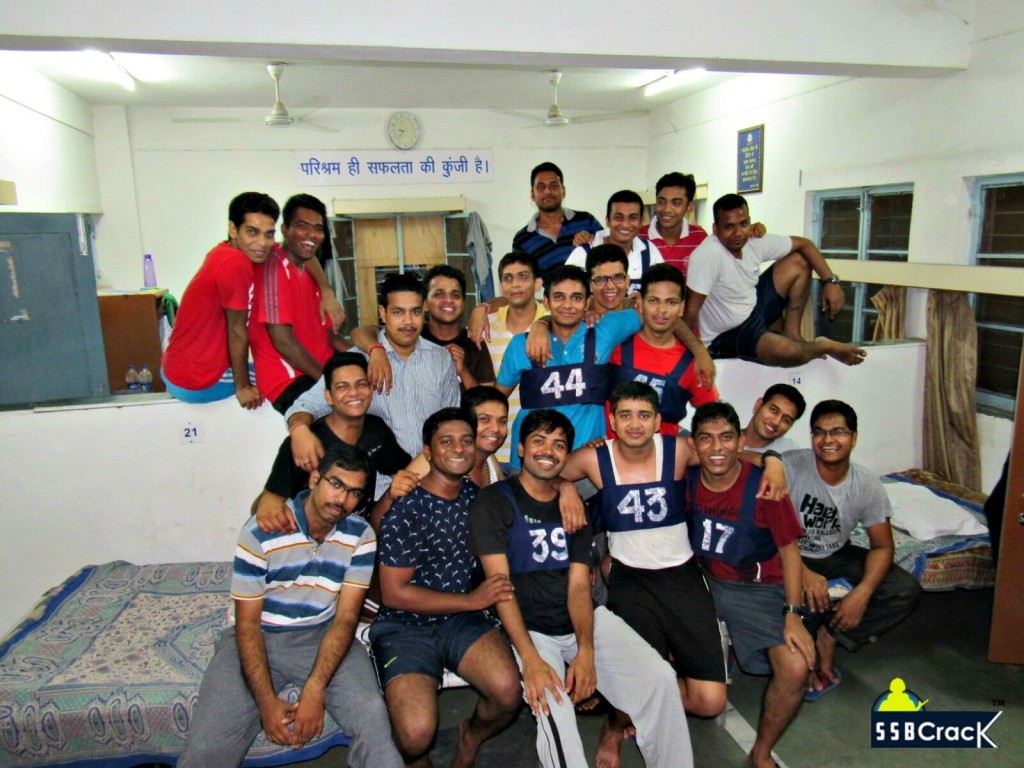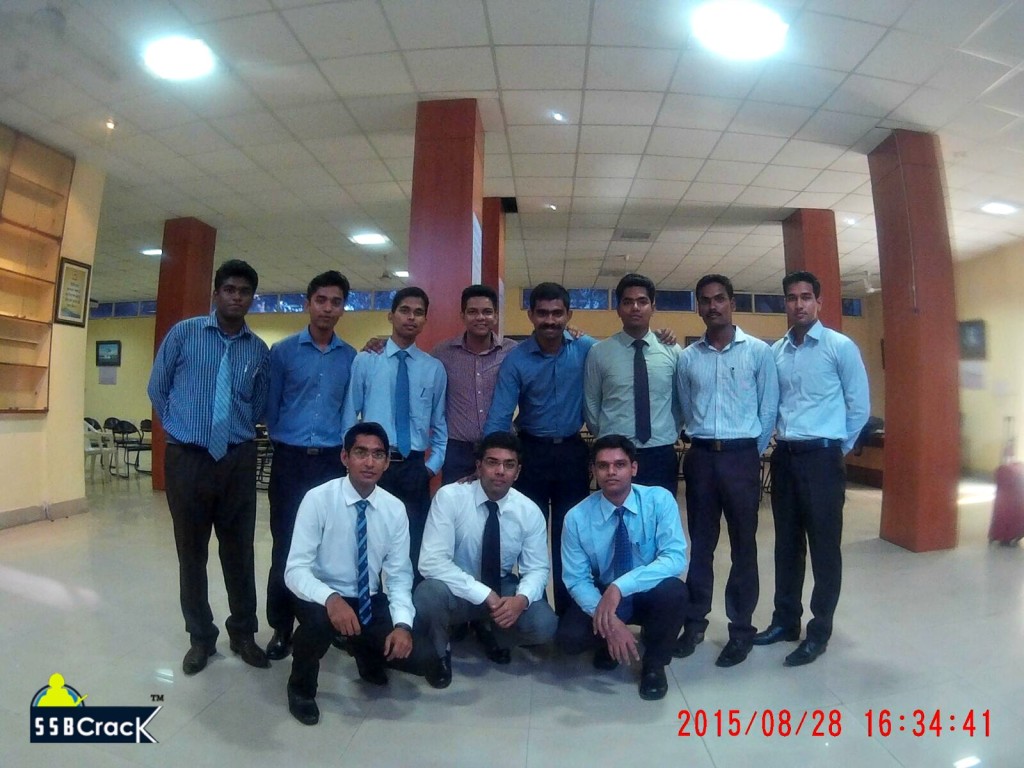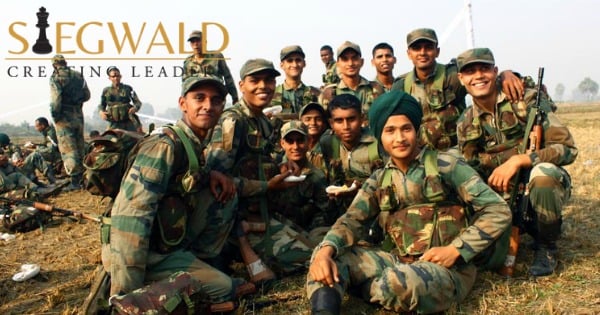Starting from Anand vihar (Delhi) Station on 19th Oct 2015, I took leave from my work, thanks to my Manager who approved me one, embarking on a journey which a hundred dreams of but only few get a chance to actually live it.
The train journey of 10 long Hours ended at Allahabad station. A fresh air welcomed me to Allahabad with open hands.
“Not a bad start,” I said to myself.
Day 1:
A total of 260 candidates reported on the very first day for TGC 122 on the scheduled time 0600 hrs. At Allahabad 18 SSB board. Next we were asked to stand in a queue and the Board staff started with the initial level formalities by checking our original matric certificate, ID proof and TGC online application. The candidates having discrepancies in any of the IDs or forms were asked to correct it.
After the verification is done, we were separated on the basis of Fresher’s (who never appeared SSB), Fresher’s screened out (Who appeared SSB before but never make it up to conference i.e. screened out guys) and the third line for Repeaters (conference out candidates).
I was in Fresher’s screened out since I once appeared SSB in NSB Coimbatore for UES entry (But lucky me If God shuts one door, He opens another and I was standing again for the same opportunity, same goal with same dream).
We were allotted with a chest number, which is basically an alias for a candidate’s name. You are required to wear it till your stay in the board. You will not be called by your names but your chest number, I got chest number 101.
I was quiet nervous but yeah being from technical background OIR test ended out to be a cakewalk and I finished the test within the stipulated time. Next, the round was for PP and DT (Picture perception and Discussion test).It was clearly visible that the story was related to three police officers and one small boy sitting on an elephant in a park. I wrote the story within keeping the very important instructions in my mind given by Psych officer (Teachers open the doors, but you must enter by yourself since instructor clearly gave hint that your story should be related to the picture only and should contain past present and future of the situation which is been shown in the picture) I wrote a proper concise story with proper solution to the problem within given time.
My description of the story went like clockwork spot on and precise with a proper conclusion. And to my joy when the result came I was screened in and allotted with new chest number 15 for next level. In fact 30 of us were screened in for the next round (Conclusion what matters the most is how you are able to describe things in the given time .Written material doesn’t matter much if the description is nice and lucid). A major thing that happened and to which I reacted very calmly was, all guys were almost fighting for the conclusion by emphasizing on their own narrated stories but to this I acted smartly and was simply sitting and asking others to please one by one say your points, at first nobody was listening to me but somehow I managed to put forward my points in the way I wanted.
Day 2
The Day2 was for the Psychological test (The Trailblazers). No doubt it is the most important test. But I won’t write the whole process thing because I’m sure each one of you knows the basic ritual. I want to tell you what’s the basic decorum I followed; “Quality over quantity.”
In TAT I attempted all the stories well and in the blank slide I wrote about an inspirational event from my own life.
WAT, to my surprise, I attempted all 60 questions. It felt good. I was now a bit motivated that I can handle this exam. But, I was able to do only 36 SRTs as my sentences were too long, which shouldn’t have happened. But, as I already said, what matters is “Quality over quantity”. I was not being fake and wrote what came into my mind instantly.
Same day, I got my interview scheduled with the Deputy President. With a confident look on my face I entered the room. The IO asked me to sit. The distance between me and him being approximately 10 feet’s.
IO – Interviewing officer
IO: Akash from where you are coming (Looking into my piq form)
Me: sir Delhi
IO: Then what is this Siruseri Chennai (Wrote my present working location)
ME: Sir presently I am working in Syntel (Siruseri Chennai) as a software engineer.
IO: why not directly from Chennai to Allahabad
ME: Sir to collect my original documents and some other stuff from my home so I came via my hometown Delhi.
IO: Company name
Me: Syntel
IO: Salary
Me: CTC told and in hand, told exact figure matching my PIQ form
IO: what you do for your fitness?
ME: Told about swimming and exercise same what I wrote in my PIQ form hobbies section
IO: Do you read books?
Me: No sir
IO: Do you go to gym?
Me: yes sir
Io: How much you run?
Me: 3-4 Km on my cardio days only and 1 km every day following by weight lifting.
IO: Is there any trainer in your gym?
Me: yes sir
IO: You are trained under him?
Me: yes sir
IO: Tell me about yourself since your matric till date
Me: told everything in sequence how he asked
(IO asked question related to girlfriend, Do you have GF if yes what is her name? what do you like in her, what she likes in you what you want to improve in her, what she wants to improve in you)
IO: why your parents proud of you
Me: They proud of me for my responsible nature, My two times good academics in matric and graduation, My caring nature towards them, helping nature in all home activities with them whenever I am there with them.
IO: State in south which is not covered by coastal area
Me: After thinking a while………counted all coastal covered state in my mind I answered which one was left – Telangana
IO: eastern India 7 states and their capital
Me: told exactly right
IO: Army ranks
Me: told
IO: tell me AF and navy ranks too
Me: told
IO: Insignia for Brigadier
Me: told
IO: Indian Nobel Prize winner
Me: told all
Io: why Malala got Nobel peace prize?
Me: told
IO: Difference between you and your sister (This was the common question asked to every candidate who was interviewed by the deputy president).
Me: no difference sir
IO: no, you have to tell me difference between you and your sister
Me: ok let me think… thoda socha and bola ..she is more Joyful and lively than me if I’m 100% she is 101%
IO: Tell me 3rd also
Me: Sir I have never think of it and didn’t find such differences too since we grow up under the same shade.
IO : I am not saying did you think of it ever or there are such differences exist or not I am asking you to think right away, Or I accept it as you are not able to think it
Me: No sir it’s not like that
Io: then tell 3rd
Me: Thinking for a while I gave one stupid answer sir she is married and I am unmarried: P
IO: wow now you will say she have long hair I have short
She is girl I am boy
Tell me something logical come on.
Me: sir she is more caring than me
IO: your best friend.
Me: told
IO: what you don’t like about him
Me: sir he doesn’t go to roam around outside for chill out on weekends.
IO: what your friend would like to improve in you.
ME: He must know better this sir
IO: I am asking you tell me
ME: he wanted me to drop my current job and appear for only defense since I am crazy about this.
IO: why army
Me: Defense dream, good pay, respect, disciplined and organized life what I like the most, professionalism, platform to represent your country
IO: Hypothetically if you won’t be allowed to join forces ever than what you will do?
Me: Will continue with my current job and will grow like a good leader for the organization as soon as possible.
IO: how much your brother is older to you?
Me: sir he is younger to me not older.
IO: oh ok then tell me how much younger.
ME: 4 years
IO: how much your sister is older to you?
Me: 3 years
IO: Shortcomings of your dad.
Me: Nothing he is perfect and god to me …….he spent around 60% of his income on me and my sibling’s education.
IO: Your weakness Akash?
Me: Sir would like to improve my communication skills and natural nervousness before any interview.
IO: But you have studied in very good school why your skills are weak.
Me: sir I got English education there not skills, Skills one need to set by own with day to day improvement and I am improving my communication skill day by day and still not satisfied so progress is in process.
IO: ok thanks Akash nice to talk to you. All the best for next rounds.
ME: same here sir nice to meet you thanks.
Interview took around 40 minutes.
DAY 3
The best thing about SSB is the Group Task Series! The first task is Group Discussion. Listen more talk sense, give valid points and support valid points, reinforce them, avoid altercations with other candidates and you’ll sail through smoothly. It does not matter how much you speak, the quality of what you speak matters the most.3-4 times will do the trick. For the group task if you have the leadership quality in you and the good problem solving capabilities you’ll naturally know how to tackle them. Enjoy the tasks and you will make it. GOR (Group obstacle race) Coming first is not the theme but moving together and helping each other is the purpose. Lecturette, if you are sync with your group mates you’ll be comfortably able to speak to them as you stand there for your Lecturette never look at the assessors. Be confident and this comes to you naturally if you are good friends with your batch mates. Camaraderie should run deep if you don’t have this basic OLQ I feel army is not meant for u buddy.
Day 4
This day was my favorite day as we were taken to perform in the individual obstacle tasks. I did eleven tasks and repeated Tarzan Swing. The main strategy here is you stamina and the sequence in which you select the obstacle you want to do first.
Next were HGT and the command tasks. I did it well with the help of my two sub ordinates. Our group’s FGT was not that good, as everyone was fighting among themselves and suggesting their own ideas which were obviously, conflicting. I had a bad feeling that this might have a negative effect on our group’s performance.
DAY 5
Conference Day
Each one of us tidied up for the conference. We waited for our turns to come. My turn came. It was a pleasure seeing every officer suited up in their respective uniforms but I focused on my IO the president who sat in the middle. He asked me about my stay and accommodation’s, to which I answered, “The place is good and the stay here was too good.” He asked me to leave I said thank you and left.
The Psychologist office came and gave a pep up speech and ready to announce the result.
Heartbeat raised up with the time officer was taking to open the file for result list and suddenly looked upward towards the candidates and said gentlemen please stand up whose chest number I will call and come forward.
Next he said, “Ok gentlemen (looking towards us just like finding someone missing in big crowd) calling Chest Number One Five Fifteen, I said yes sir and stood up.
Officer: “Your name?”
Me: Akash sir
Officer: Full name
Me: “Akash Kumar Sir,’
Officer: come forward.
Numb, I was. I was so surprised that I couldn’t feel much
I stood there and waiting for the next name but officer said
“This is it,” he said and left.
I was on cloud nine! I was the only one recommended.
I felt sad because I met many gem of a people out there at the SSB made friends who would’ve made it but fell short due to some or the other things, I felt sad for them.
But, in the end I made it and trust me it was the best feeling in the world.
Medical day:
Make sure you are full filling all the medical standards what they looked for in a candidate to meet their requirements (You can check it out on Internet for the same)
For me it went well I was medically fit thanks to almighty god and my regular exercise in day to day life despite of busy working schedule but few of my friends who were their recommended for different entries like SSC tech, NDA and TES got TR (temporary rejection) in medical exam like Valgus, Hypertension, DNS, wax in ear
Medical took 5 more days after SSB.
Tips:
Set your document folder with what SSB center have asked you for in SSB call letter, don’t miss out anything. Be ready with all the dresses what they have asked (GTO, Formal, Shoes) A well-dressed men with good behavior is gentleman and that’s what they demand for, Read medical standards carefully.
Fill your PIQ with only what you actually are no fakeness nothing extra would work out, if you don’t write any extra achievement also they won’t reject you if you have it in you, Your interview will be based on your PIQ.
Take coaching only if you are not aware of the process or you are new to SSB (I didn’t take any coaching rather I focused on internet material and books only just to get aware of the dos and don’ts of the process)
listen to the instructor very carefully.
Self-introspection, confidence, smiling/calm face throughout the SSB process and an average English is good enough you to achieve your goal to become an officer and serve for your country.
It’s not about winning by defeating other candidates, It’s about winning with your own personality so be calm in GD’s and any other group exercise.
Work on your physical and mental shortcomings much prior to SSB if you have noticed one.
Overweight, underweight, hypertension, wax in ear, DNS are common on which one could get TR, make sure to treat them before SSB or else one can appeal to command or RR hospital within 42 days.
For SSB Interview Preparation buy this book “Let’s Crack SSB Interview“
A man who misses his opportunity, and monkey who misses his branch, cannot be saved, Remember if opportunity knocks your door, Welcome it with your open hands and give your best shot.
All the best to all!!
See you in Academy 🙂

